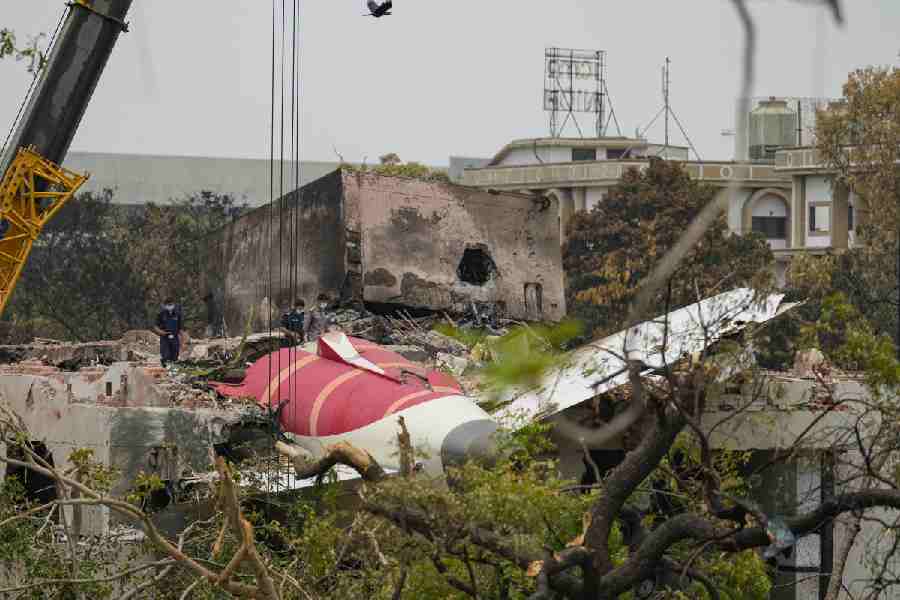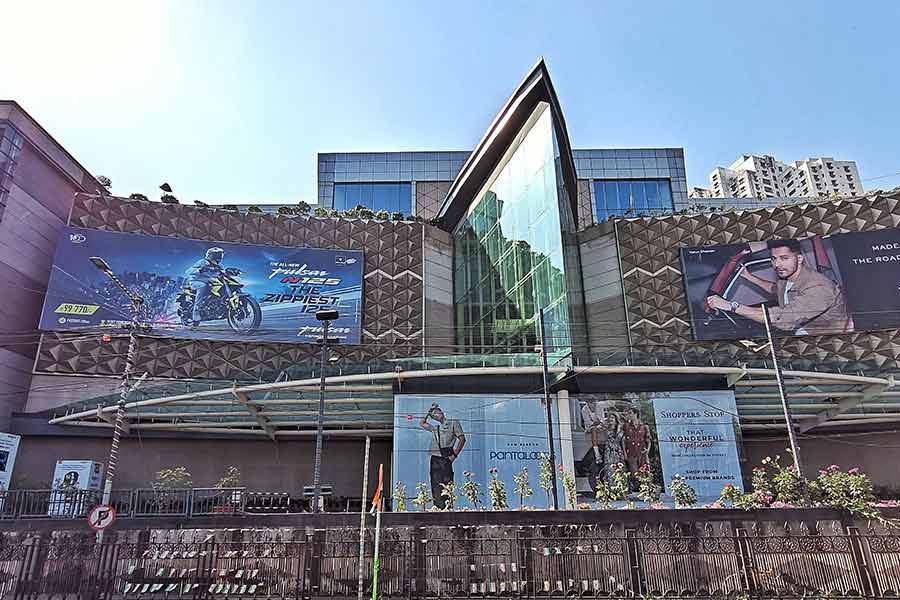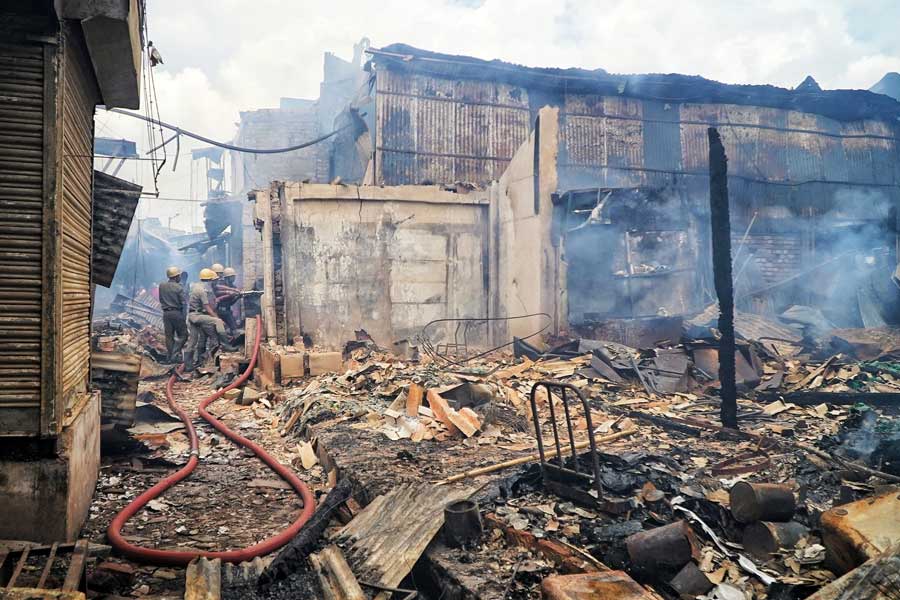Bhubaneswar, July 26: The fear of Maoists continues to stall the construction of a bridge that would link the “cut-off” area of rebel-dominated Malkangiri district with the mainland.
The bridge over river Gurupriya in the district’s Chitrakonda area was first proposed in 2002. Ever since tenders have been floated six times inviting companies to take up work. But the Maoists have scuttled work by scaring away contractors.
Sources said the seventh tender floated recently for the work has also failed to produce results with none of the companies evincing interest in the project, whose estimated cost has gone up to Rs 28 crore during the last nine years. Now the government is likely to execute the work through the state-owned Orissa Construction Corporation by providing adequate security to its officials and workers.
Senior officials here admitted that it was the fear of Maoists that was keeping contractors away from bidding for the project, which would be a crucial link between over 100 villages in the “cut-off” area of Malkangiri, where boats are the only means of communication, and the other parts of the district. It would also connect these areas with neighbouring Andhra Pradesh.
The construction of the bridge has assumed special significance in the wake of incidents such as the killing of elite Greyhound jawans from Andhra Pradesh in Balimela reservoir in 2008 and the more recent kidnapping of former Malkangiri collector R. Vineel Krishna in the “cut-off” area ,which was formed by the backwaters after the execution of Balimela hydropower project in the 70s.
Senior officials said the state government in 2002 had planned a 900-metre bridge at Gurupriya at an estimated cost of Rs 38 crore. “The project cost has been escalating with each passing year. We hope the Centre will provide the necessary assistance for the project,” an official added.
Sources said Gurupriya was not the only proposed bridge in Malkangiri district to suffer because of Maoist threat. There were three others but Gurupriya was the most important of them as it would connect the people of inhabiting the district’s most inaccessible area with the mainland.










